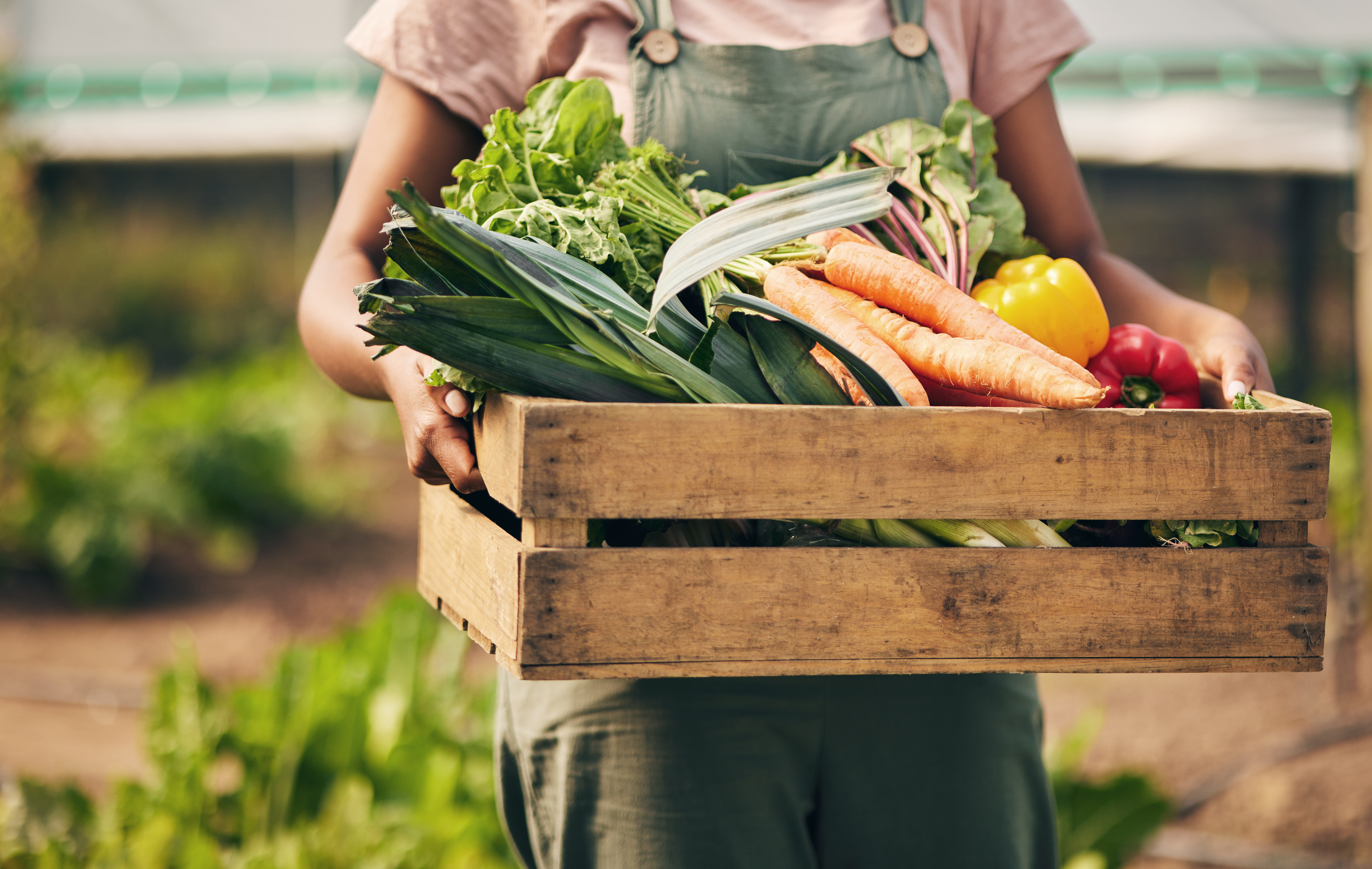From Farm to Fork
Have you ever stopped to think about how far your food has travelled to reach your plate?
In this activity, Scouts will explore the journey of food from farm to fork and learn how food miles can affect the environment. Through interactive games, they’ll better understand the importance of buying local and choosing sustainable options.
What you'll need
-
Two sets of cards: Food and Distance
-
Printed maps (optional, to visualise locations)
-
A large flat surface or space to lay out the cards
-
Pens and paper (for scoring or reflection)
Before you begin
-
Choose a variety of foods commonly eaten by Scouts (e.g. bananas, apples, rice, chocolate, beef, bread)
-
Research where each food comes from and how far it travels to reach your meeting location
-
Prepare two sets of cards:
-
Food cards (pictures or names of food items)
-
Distance cards (the number of kilometres from the origin to your location)
-
-
Make sure the backs of each set are visually distinct so Scouts can tell them apart
Cards
|
Food/item |
Location: From > To |
Distance travelled |
|
Potatoes |
Thorpdale, VIC > Scouts Vic headquarters |
118km |
|
Broccoli |
Lockyer Valley, QLD > Scouts Vic headquarters |
1,607km |
|
Carrots |
East Gippsland, VIC > Scouts Vic headquarters |
336km |
|
Oranges |
Region Riverina, NSW > Scouts Vic headquarters |
475km |
|
Grapes |
Riverland, SA > Scouts Vic headquarters |
773km |
|
Cherries |
Goulburn Valley, VIC > Scouts Vic headquarters |
212km |
|
Milk |
Caldermeade Farm, VIC > Scouts Vic headquarters |
62km |
|
Chicken |
Clyde, VIC > Scouts Vic headquarters |
38km |

Activity
-
Choose one or both of the following variations:
1. Memory Match:
-
Shuffle all the cards and place them face down.
-
Scouts take turns flipping two cards, trying to match a food with its distance.
-
If correct, they keep the pair. If not, flip them back over.
-
The Scout or Patrol with the most pairs wins.
2. Distance Guess Game:
-
Lay all the distance cards face up in a line.
-
Shuffle the food cards and stack them face down.
-
Scouts take turns drawing a food card and guessing which distance it travelled.
-
Once matched, discuss the answer and whether it surprised them.
-
Watch a short video on sustainable food.
Change the challenge level
Easier:
-
Use fewer food items with more obvious distances.
-
Play in teams to support younger Scouts.
Harder:
-
Include seasonal and imported foods to increase complexity.
-
Ask Scouts to research their own food items and create new cards.
-
Extend into a mini-project where Scouts plan a meal using only local ingredients.
Reflection
-
Why do you think it’s better to shop and eat locally?
-
Did anything surprise you about how far some food travels?
-
How can food miles impact the environment and climate?
-
What small choices can we make to eat more sustainably?


